For us, there is no summer without Paddleboard. We have therefore found a carefully selected range of Danish dealers where you can find high-quality paddleboards.
Showing 1 – 16 of 39 results
-
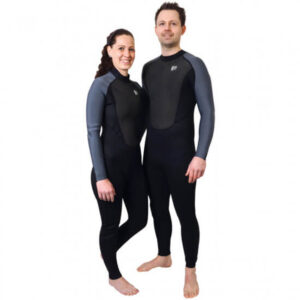
1852 Wetsuit Long model – Men (3/2mm)
DKK.589,00 Buy here -
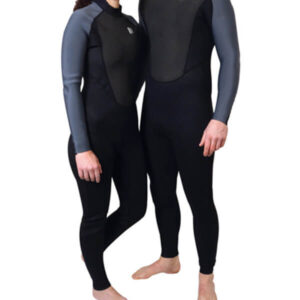
1852 Wetsuit long model – Junior
DKK.579,00 Buy here -
Offer!
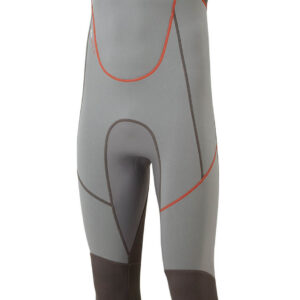
Gill 5002 Zenlite Wetsuit Men - Grey
DKK.1.599,00Original price was: DKK 1.599,00.DKK.1.349,00Current price is: DKK 1.349,00. Buy here -

Gill 7672 Neoprene winter gloves
DKK.799,00 Buy here -

Gladiator SUP Transport Bag
DKK.649,00 Buy here -
Offer!
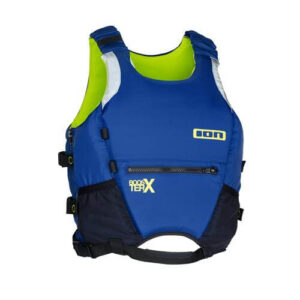
ION Booster X Junior Life Vest
DKK.649,00Original price was: DKK 649,00.DKK.499,00Current price is: DKK 499,00. Buy here -

ION Leash SUP Core Ankle
DKK.349,00 Buy here -

ION Semidry Wetsuit Men (3/2mm) FZ DL
DKK.1.599,00 Buy here -
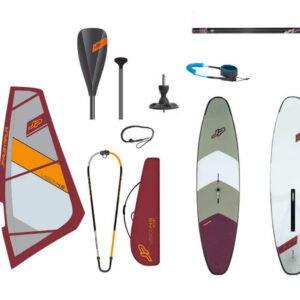
JP Australia Windsurf SUP EVA 10'9″ x 32 board + Vision rig 4.5 – Complete Junior Windsurf SUP Package Offer
DKK.16.499,00 Buy here -

Solid wetsuit 3 mm - Men
DKK.799,00 Buy here -
Offer!
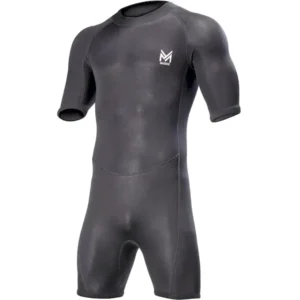
Massive wetsuit shorty 3 mm – Men
DKK.500,00Original price was: DKK 500,00.DKK.449,00Current price is: DKK 449,00. Buy here -
Offer!

NSC Leash 9″ – White
DKK.249,00Original price was: DKK 249,00.DKK.199,00Current price is: DKK 199,00. Buy here -

NSP Coco Performance Touring 14'0″ x 30″ Blue Wave SUP Board 2023
DKK.20.299,00 Buy here -
Offer!
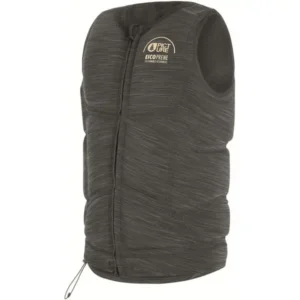
PICTURE – DONY IMPACT SWIMSUIT
DKK.1.099,00Original price was: DKK 1.099,00.DKK.899,00Current price is: DKK 899,00. Buy here -
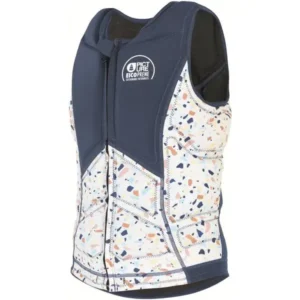
Picture Amita Impact Vest Zip – A Dark Blue
DKK.999,00 Buy here -
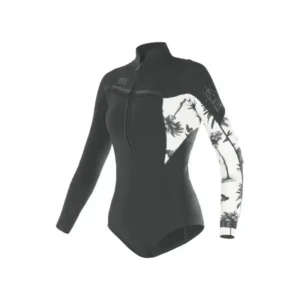
PICTURE BONIE 2/2 SPRINGSUIT - Women's Wetsuit - Palmer Fish
DKK.1.199,00 Buy here
Paddleboarding: Experience the joy of standing on the water
Paddleboarding, also known as SUP (Stand-Up Paddleboarding), is a popular water sport that combines balance, strength and the beauty of nature. It's a great way to explore the water and enjoy nature in a unique way. In this article, we will introduce you to paddleboarding, give you the basic techniques and tips, and share important information you need to know when you embark on your first paddleboarding adventure.
What is Paddleboarding?
Paddleboarding is a water sport where you stand upright on a paddleboard, similar to a surfboard, and use a long paddle to propel yourself forward. Paddleboarding is said to have roots in ancient Polynesia, where it was a form of transportation and part of the culture. Today, it has become a popular recreational activity and a sport practiced all over the world.
On a paddleboard you get to explore lakes, rivers, coastlines and even waves. It is a versatile activity that can be adapted to different levels and interests, from relaxing sightseeing trips to intense training and wave surfing.
Equipment for Paddleboarding
When you embark on a paddleboarding adventure, it's important to have the right equipment. Here are the key elements:
Paddleboard
The central piece of equipment is the paddleboard itself. There are different types of paddleboards, including inflatable and rigid models. Inflatable paddleboards are easy to transport and store, while rigid paddleboards generally offer better stability and performance. Choose a paddleboard that suits your needs and experience.
Paddle boarding
The paddle is your connection to the water. Choose a paddle that suits your height and paddling style. The paddle is usually adjustable so you can adapt it to your preference and paddling technique.
Leash
A leash is an important safety element that keeps you connected to your paddleboard. It is an elastic string that is attached to your ankle joint and to the back of the paddleboard. The leash ensures that you do not lose your paddleboard if you fall into the water.
Life jacket
Although paddleboarding is not an extremely demanding water sport, it is always important to prioritize safety. Always wear an approved lifejacket or lifejacket, especially if you are an inexperienced swimmer or in rough waters.
Clothing and protection from the sun
Choose clothing that is comfortable and suitable for the weather conditions. In hot weather, lightweight clothing and sun protection may be necessary. Remember to use sunscreen with a high SPF, sunglasses and a hat to protect yourself from the sun's rays.
Basic Paddleboarding Techniques
Standing on a paddleboard can seem challenging at first, but with a little practice you will soon feel comfortable. Here are some basic techniques to master:
Standing on the paddleboard
Start by placing your paddleboard in shallow water where you can stand up easily. Carefully hop onto the board, one foot at a time, and find your balance in the middle of the board. Keep your knees slightly bent and focus on a fixed point on the horizon to maintain your balance.
Correct paddling technique
Hold your paddle with both hands and place your hands shoulder width apart. Extend your arms and raise the paddle above your head. Use your upper body and core muscles to pull yourself forward as you lower the paddle into the water. Switch paddle sides and repeat the movement to maintain momentum.
Balance and body alignment
Your balance is essential for a good paddleboarding experience. Try to maintain a stable core by using your abs and balance muscles. Adjust your body weight and foot position when paddling through different conditions, such as waves or wind.
Safety and Rules
Paddleboarding is a fun activity, but it is important to prioritize safety. Here are some safety precautions you should be aware of:
Swimming skills and water knowledge
Although paddleboarding can be accessible to everyone, it is important to have basic swimming skills and familiarity with the water. Be aware of your abilities and limitations and avoid waters that are outside of your experience level.
Weather conditions and water depth
Keep an eye on the weather forecast and be aware of changes in weather conditions, including wind and waves. Be careful in rough waters and avoid going out when weather conditions are dangerous. Knowledge of the water depth is also important to avoid encountering obstacles underwater.
Rescue procedures and first aid
Knowledge of rescue procedures and first aid is important in the event of an emergency. Be prepared to help yourself and others in the event of an accident or emergency. Always carry a mobile phone in a waterproof bag or use a personal emergency locator (PLB) if applicable.
Local rules and restrictions
Research local rules and restrictions that apply to paddleboarding in the area where you plan to paddle. Some locations may have specific regulations around vessel traffic, protected areas and safety measures. Respect and follow these rules to ensure a safe and positive paddleboarding experience.
Places to Paddleboard
One of the benefits of paddleboarding is that you can explore different types of waters. Here are some popular places to paddleboard:
Lakes and reservoirs
Lakes and reservoirs offer calm waters and beautiful surroundings. You can glide through clear water, admire nature and experience a sense of calm and peace.
Rivers and streams
Rivers and creeks can provide a fun challenge with their currents and eddies. Explore picturesque waterways and enjoy the natural wildlife along the river banks.
Seas and coastlines
The sea and coastlines provide the opportunity for exciting paddleboarding adventures. Try paddling along the coast, explore rock formations and enjoy the waves.
Paddleboarding Fitness and Health Benefits
In addition to the fun and recreational side of paddleboarding, the activity also offers a number of fitness and health benefits:
Training of the whole body
Paddleboarding is a great workout for the whole body. You use your legs, core muscles, arms and shoulders to move through the water and maintain balance. Regular paddle boarding can help strengthen and tone muscles.
Improved balance and coordination
Maintaining balance on a paddleboard requires coordination and body control. As you become more familiar with the activity, your balance and coordination will improve significantly.
Stress reduction and mental well-being
Paddleboarding offers a connection to nature and an opportunity to get away from everyday stress and worries. It can provide a sense of calm and peace as well as improve mental well-being.
Tips for Beginners
If you're new to paddleboarding, here are some helpful tips to get you started:
Start in calm waters
Begin in calm waters with minimal waves and current. This allows you to build confidence and become familiar with paddleboarding techniques without too many distractions.
Take an introductory lesson
Consider taking an introductory lesson or joining a guided tour where you can learn basic techniques and get safety advice from experienced instructors.
Practice the paddling technique
Spend time practicing your paddling technique in calm waters. Focus on achieving a smooth and efficient paddling that allows you to maintain momentum and steer in the desired direction.
Be aware of your surroundings
Keep an eye on your surroundings, including other paddlers, boats, kayaks and swimmers. Respect the rules and guidelines for waterways and avoid disturbing wildlife.
Have fun and explore!
Most importantly, have fun and enjoy your paddleboarding experience! Explore new waters, challenge yourself and create memories along the way.
We hope this guide has given you a basic understanding of paddleboarding and provided you with useful information as you embark on your first paddleboarding adventure.
